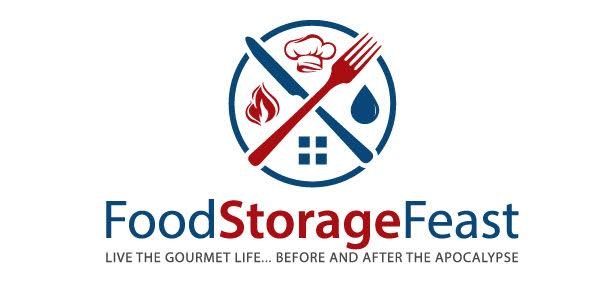US Beef Prices Hit Record High As Nation's Cattle Herd Expected To Shrink Through 2025
Title: **US Beef Prices Soar to Unprecedented Heights Amidst Anticipated Cattle Herd Contraction by 2025**
Introduction:
In recent months, the United States has witnessed a dramatic surge in beef prices, reaching record highs that have sent shockwaves through the agricultural and consumer sectors. This spike comes as the nation braces for a substantial reduction in its cattle herd over the next few years. The convergence of these factors has created a challenging landscape for the beef industry, prompting concerns about sustainability, supply chains, and the economic impact on both producers and consumers.
Factors Contributing to Record High Beef Prices:
1. **Cattle Herd Contraction:** One of the primary drivers of the surge in beef prices is the anticipated contraction of the nation's cattle herd. Experts project that this trend will persist through 2025, fueled by factors such as rising production costs, extreme weather events affecting feed availability, and increased pressure from alternative protein sources.
2. **Drought Conditions:** Widespread drought conditions in key cattle-producing regions, such as the West and Southwest, have significantly impacted the availability and cost of cattle feed. The scarcity of water and forage has forced ranchers to reduce herd sizes, leading to a decline in overall beef production.
3. **Rising Production Costs:** The cost of raising cattle has been steadily increasing, driven by factors such as feed prices, labor expenses, and regulatory compliance. These escalating costs are further exacerbating the challenges faced by cattle producers, making it financially unsustainable for some to maintain large herds.
4. **Supply Chain Disruptions:** The global supply chain disruptions, exacerbated by the COVID-19 pandemic, have also played a role in driving up beef prices. From processing plant closures to transportation challenges, these disruptions have hindered the flow of cattle from ranches to consumers, contributing to the overall scarcity of beef in the market.
Impact on Stakeholders:
1. **Producers and Ranchers:** Cattle producers are grappling with the difficult decision of downsizing their herds or exiting the industry altogether due to the economic pressures. The high cost of maintaining cattle, coupled with the reduced selling prices driven by the oversupply of cattle, has created a challenging environment for those in the cattle business.
2. **Consumers:** The surge in beef prices is directly affecting consumers' wallets. As the cost of beef rises, households may experience increased expenses on a staple protein source. This, in turn, could influence consumer behavior, leading to shifts in dietary choices and purchasing patterns.
3. **Food Industry:** Restaurants and food retailers are facing challenges in managing profit margins as they grapple with higher wholesale beef prices. Some may be forced to adjust menu offerings, explore alternative protein sources, or pass on the increased costs to consumers.
Conclusion:
The record-high beef prices in the United States, driven by the anticipated contraction of the cattle herd through 2025, present a complex set of challenges for various stakeholders in the beef industry. Producers, consumers, and the food industry must adapt to this evolving landscape, seeking sustainable solutions to mitigate the impact of rising costs and ensure the resilience of the nation's beef supply chain. As the industry navigates these challenges, collaboration and innovation will be key to fostering a more sustainable and economically viable future for the US beef sector.
